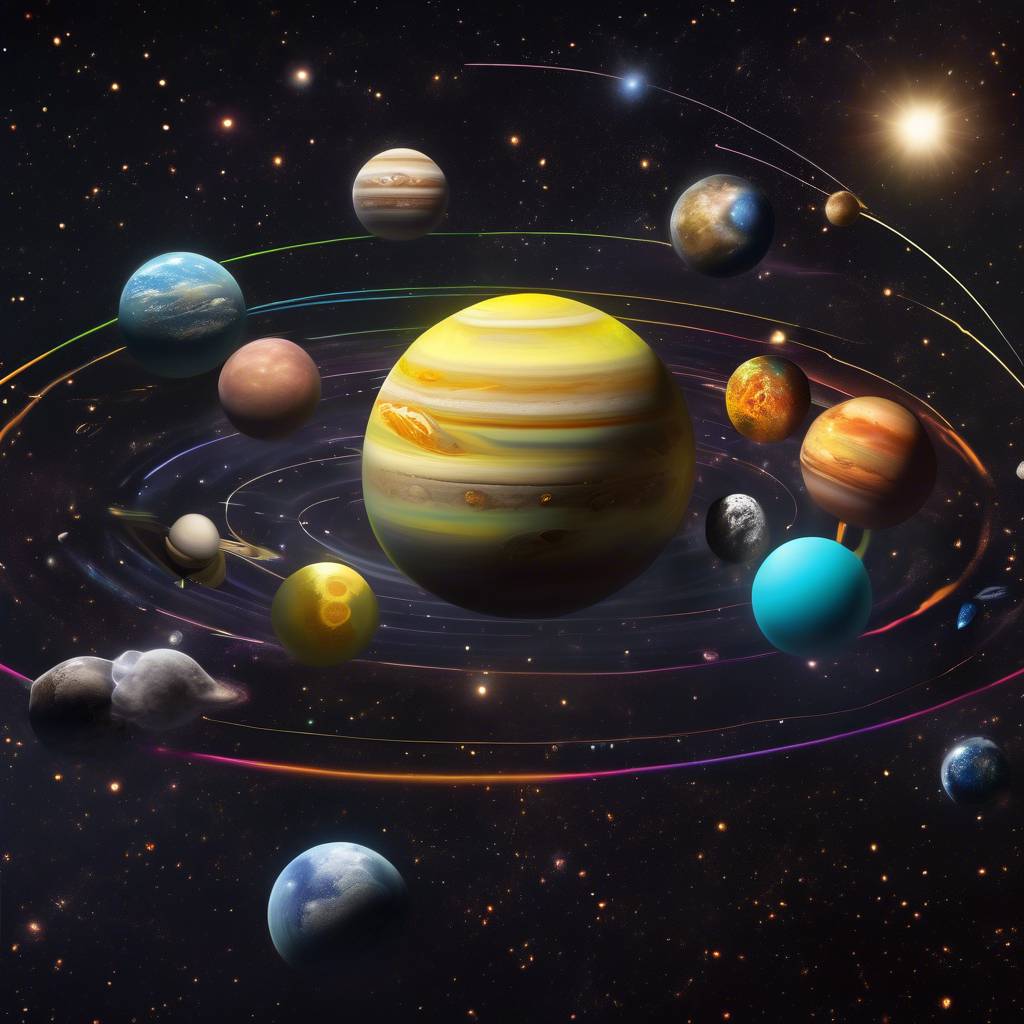Snapchat has decided to make changes to its Solar System feature, which is only available to Snapchat+ subscribers, after reports suggested that it has a negative impact on younger users. The Solar System feature shows the friends that users communicate with the most in the app with a planetary visualization, displaying them in order of engagement. The feature has been met with overwhelmingly positive feedback, but some have raised concerns about how it inadvertently creates a ranking system among friend groups, leading to negative experiences. As a result, Snap has announced that the Solar System display will now be an opt-in function, rather than displayed to Snapchat+ users by default.
The decision to make the Solar System feature opt-in comes in response to a Wall Street Journal article that highlighted the negative effects it is having on some users and their relationships. Some young adults reported that friendships have splintered and young love has withered due to the knowledge that someone ranks higher on the app. This has led teens to sign up for Snapchat+ just to check their status with a crush, indicating that the feature is being used as a comparison of popularity and social status. Snap’s move to make the feature opt-in aims to avoid exacerbating negative feelings among users and promote healthier interactions on the platform.
Despite the criticisms and concerns raised about the Solar System feature, Snap has chosen not to eliminate it entirely at this stage. The feature will still be available for those who proactively turn it on, allowing Snapchat+ subscribers who want more friendship insights to access it. However, the decision to make it opt-in may not deter teens from using it for comparison and validation purposes, as it remains a prominent feature within the app. While the Solar System function may currently be driving extra sign-ups for Snapchat+, it is likely to cause more trouble than it’s worth in the long run and may eventually be phased out.
The ongoing presence of the Solar System feature raises questions about its significance and long-term viability within the Snapchat app. Although Snap has made efforts to address concerns by making it opt-in, the feature’s potential negative impacts on users’ relationships and self-esteem suggest that it may not be sustainable in the future. As teenagers continue to use the feature as a means of comparison, it is likely that Snap will face further scrutiny and pressure to reconsider its inclusion in the app. Ultimately, the decision to retain or remove the Solar System feature will depend on the feedback and usage patterns of Snapchat+ subscribers, as well as the impact it has on the overall user experience.
In conclusion, Snapchat’s decision to make the Solar System feature opt-in reflects a recognition of the potential harm it can cause to users and their relationships. By allowing subscribers to choose whether to use the feature, Snap aims to promote positive interactions and avoid perpetuating negative feelings among its user base. However, the continued use of the feature by teens for comparison and validation purposes suggests that it may not be sustainable in the long term. As Snap navigates the complexities of balancing user engagement with ethical considerations, the fate of the Solar System feature remains uncertain and subject to ongoing evaluation and potential modifications.









